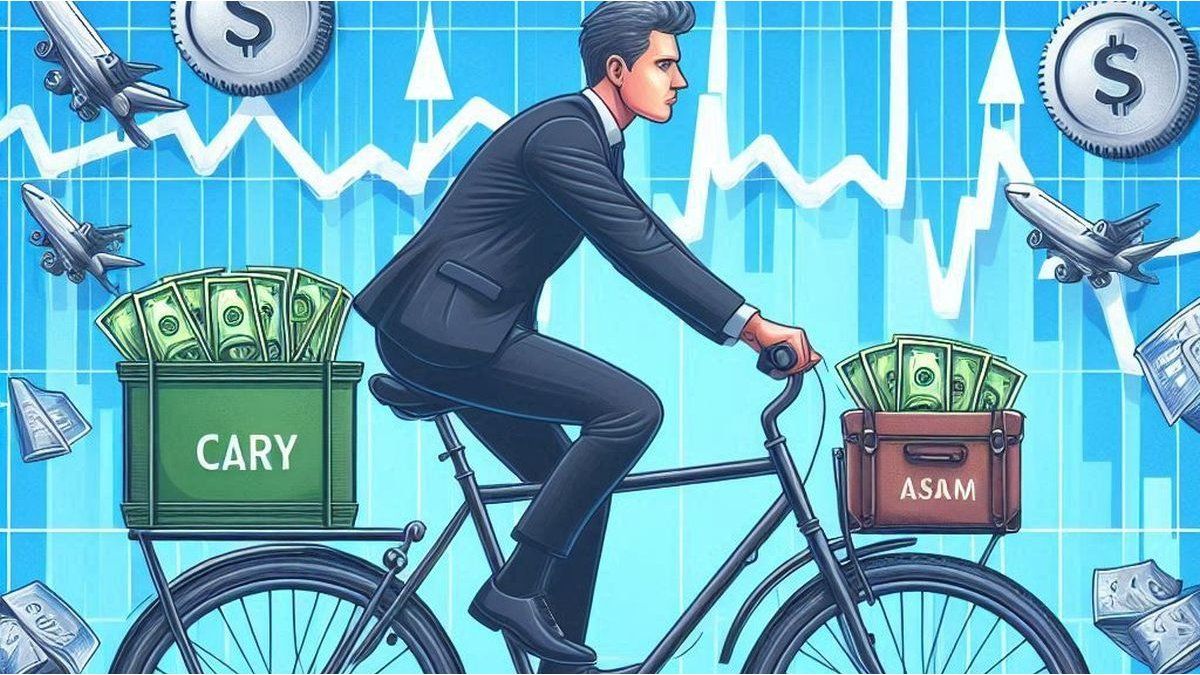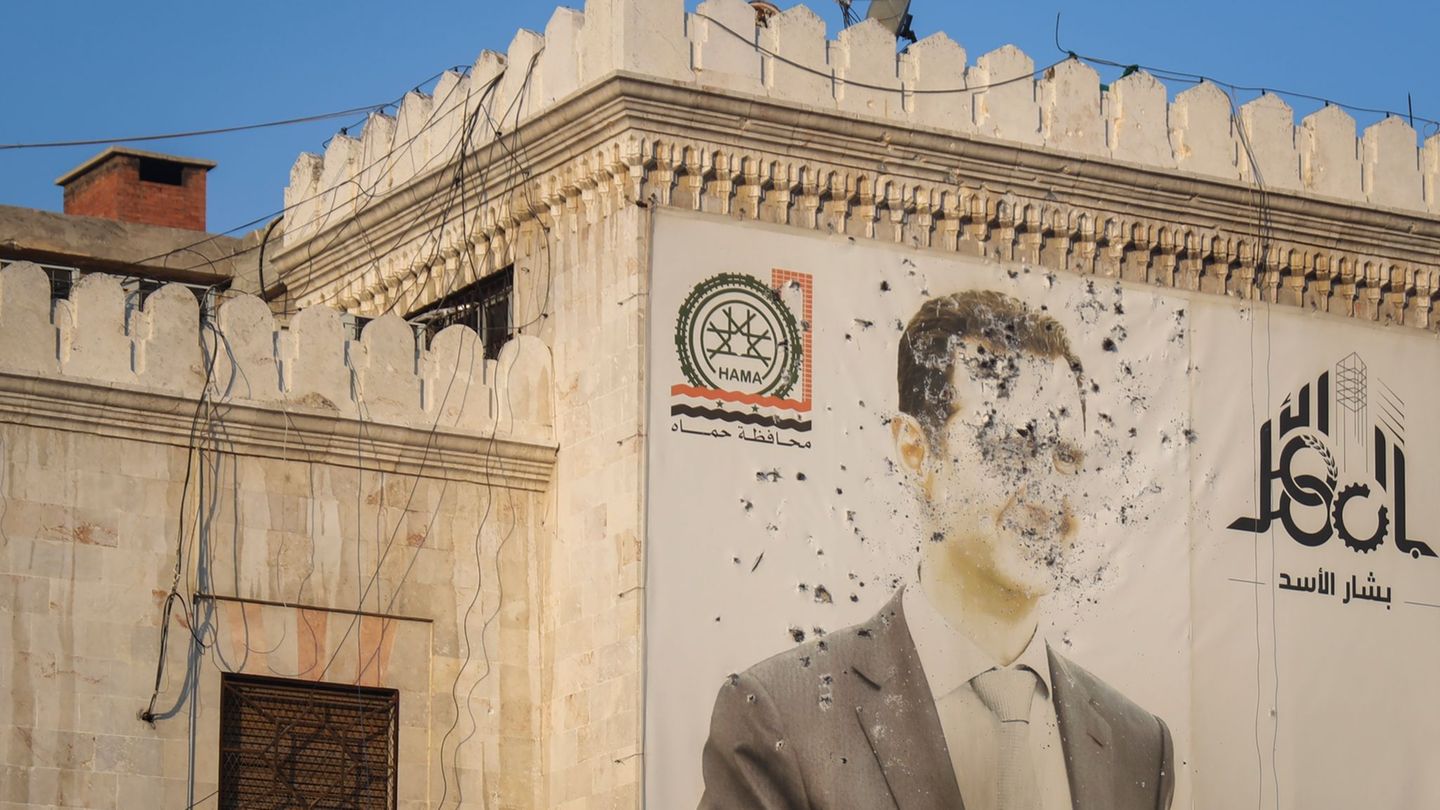Since August of this year, there has been a marked reduction of the dollar gap in Argentina and a Central Bank (BCRA) that remains a buyer in the exchange market, during months in which foreign currency sales are usually common due to the seasonality of Argentine exports.
In October, the BCRA had a net buying position that closed the month at around US$1.3 billion. The market consensus he does not seem to have doubts about the continuity of the exchange rate slide (“crawling peg”) as a rule for the next few months. What’s more, with the latest inflation data, The expectation is that the Government will reduce the pace of daily microdevaluations to below 2% monthly to continue deepening the disinflation process.
“This dynamic was very different from the forecast of the majority of economic analysts, in which, due to the effect of the import payment schedule established by the BCRA, a deficit was generated for these months of low imports that was going to generate pressure on the reserves. of the BCRA and presumably tension in the parallel markets (MEP, CCL and blue dollar)”, maintains a report from the Encuentro Foundation.
What explained this performance? Although there is more than one mechanism that explains this unexpected supply of dollars in the official market, they all have a common denominator: “The combination of an interest rate in pesos (3.5-3% monthly) above the “crawling peg “(2% monthly and possibly less in the coming months) in a context of a stable exchange rate gap generated a great ‘carry’ business for all those with access to the official market,” analyze the document.
The interest rate, the engine of the exchange market
The report indicates that exporters, importers and companies that issue debt in dollars (and sell the dollars they receive in the official) They can put the pesos at a rate in exchange for a profit above the cost represented by the increase in the exchange rate, according to the “tablita” announced by the Government.
It happens that the difference between these rates (the crawl rate and the placement rate in pesos) is a monthly return in dollars that, in recent months, has been around 25% and 20% annually. The Foundation then assures that ““The contribution of this scheme would not be worrying if it were not for the magnitudes it seems to be acquiring in a very short time and the risks that it would generate if it were eventually reversed.”.
“According to our estimates, The ‘carry’ position of these actors from August to October even accumulates a mass of pesos equivalent to US$10.5 billion. Approximately the equivalent of payments for two months of imports. As we said, this has been generated under different mechanics,” he says.
The “carry trade”: a risk for the official dollar?
For the exporters grouped in CIARA (exporters of the soybean-cereal complex) the move involves advancing exports via advances or pre-financing and the business of temporary imports of Paraguayan soybeans. In the case of advances, the cereal companies place the pesos they receive for the dollars settled in the exchange market in instruments in pesos at a fixed rate for the time it takes to pay the soybean producers, he analyzes. By setting payment terms to the farmer at 15-20 days in advance, they achieve returns of 10% annually in dollars, which are added to the normal income they obtain from industrializing the grains and exporting them.
With the temporary imports of soybeans, the mechanics are similar. The cereal companies take commercial credit with the Paraguayan producer, industrialize the grains locally and export pellets and oil. With what they obtain from the export they make a tax until they have to pay the import.
The result, from the exchange market point of view, is that Dollar settlements increase (supply) and payments are deferred (demand falls). And the BCRA makes up the difference. Something similar happens with importers. It should be remembered that last August the Government announced a more accelerated payment scheme for that sector, in line with a normalization of the exchange market.
“The arithmetic of that scheme suggested an acceleration of imports that would raise import payments during the months of September, October and November to 125%, 150% and 125% of the shipments accrued in those months, respectively. But, in September, Payments as a percentage of shipments fell to 84%, well below August payments,” he maintains.
dollar investments carry trade finances.jpg
The unexpected exchange surplus: the role of carry trade and the strategies of economic agents.
Depositphotos
They understand something similar happened in October. Why is it down? Similar to the previous case, Today importers find it beneficial to delay payments for imports and set pesos at a fixed rate. With this, they do not lose access to the exchange market, they only differ the time of access.
“With the current rate differential this is a great deal, as long as the crawl remains below the rateof course. The last leg of the carry comes from companies that issue debt in dollars in the local capital market or that can receive loans in dollars from banks (the BCRA restricts who can take out loans in bank dollars). These companies take on debt in dollars, settle them in the official market (which gives them access to repay them in the future) and use the pesos for working capital, instead of dismantling financial positions in pesos,” he explains.
The whitening effect
“With laundering, the Government managed to make dollar deposits grow stronglyincreasing the lending capacity of banks. Likewise, these deposits can be used to buy company debts on the market (negotiable obligations or ONs). This mechanism has been growing strongly. Loans in dollars grew almost US$707 million in the last 30 days and ONs issued, local and foreign law, during October totaled almost US$1,200 million, a record for recent years. As a consequence of all this, the Government is managing to go through these months without a deficit in the exchange market.
Exporters advance dollars, importers delay payments and companies with debt capacity take dollars and sell them to the official. But, If any risk materializes, this scheme could begin to work “in reverse”, which would generate a complex situation in the exchange market during 2025.
What are the risks?
Thus, the report warns about the risks. “We see at least two of tenor. If the current account deficit skyrockets in the coming months as a consequence of a low exchange rate and an activity that continues to rise, there is the possibility that the private sector will begin to doubt the sustainability of the scheme On the other hand, the elections could add uncertainty,” he analyzes.
If the private sector expects that after the elections there will be fundamental changes (getting out of the stocks) and does not want to expose itself to that risk or is it uncertain about whether the Government can achieve a significant victory? Most likely, you will decide to “close the carry,” at least partially. This could generate in any month that there is an additional demand in the market of at least US$5,000 or US$6,000 million. This amount is far greater than the BCRA’s net purchases between September and October and is equivalent to more than a “normal” month of import payments this year. concludes.
Source: Ambito




